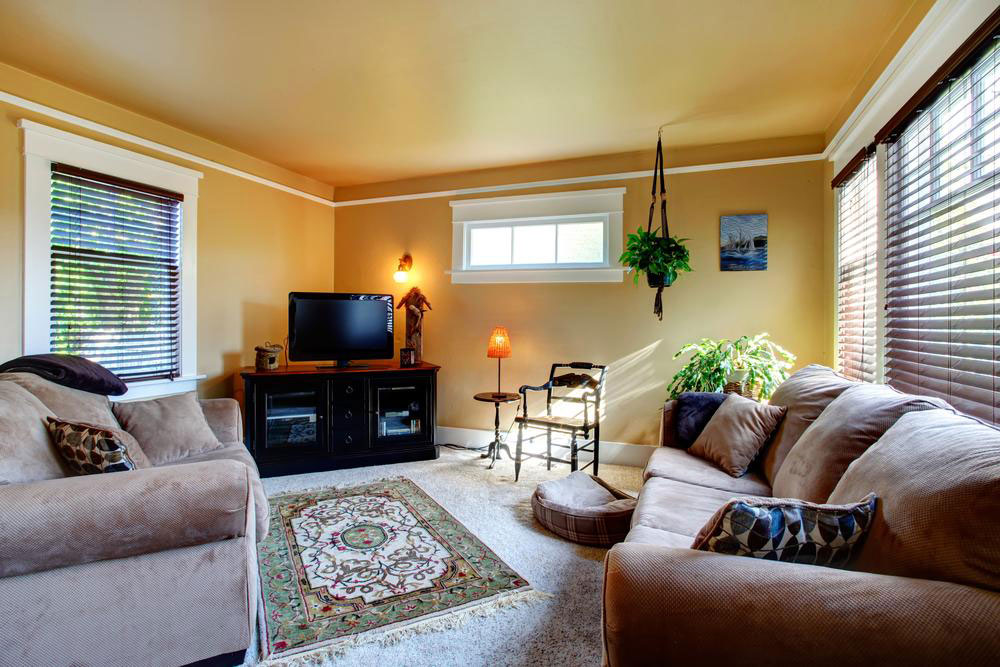9 Tips to Choose the Best Interior Decoration School
A living space needs the right combination of visual appeal and functionality. That’s where interior decorators come in, helping create a home or office that one can enjoy. Today, interior decoration has become an essential aspect of designing residential and commercial spaces, making the field a worthwhile career path with tremendous potential for growth. But to become an interior decorator, it is important to get the required training and education from a reputable institute.

Tips for choosing interior design schools
1. Check the school’s accreditation
Accreditation is basically a mark of approval by an authorized body in the respective field. When it comes to interior design, schools should be accredited by entities such as the Council for Interior Design Education or the Bureau of Private Postsecondary Education. This way, one knows for sure that the institution meets the educational standards set in the field of interior decoration.
2. Review the curriculum
The interior decoration curriculum should cover theoretical concepts as well as practical, hands-on training. Essentially, by the end of the course or program, students should know about interior design approaches and have undergone skills training to be able to apply this knowledge. Checking a school’s curriculum beforehand can help one understand if the institute will offer the kind of education they need to excel in the field of interior decoration.
3. Check faculty profiles
It’s one thing for a school’s faculty to have all the necessary qualifications and knowledge relevant to the subject they are teaching, but it’s a whole different thing to be able to pass on this knowledge in the best ways possible. So, when considering an interior decorating school, one should not only ask about the faculty’s qualifications and experience but also their teaching methods. The instructors should be able to go beyond books and expose students to the practical application of key interior design concepts.
4. Consider the infrastructure
If an institution is equipped with all the required facilities, it is likely to foster a healthy environment for students and motivate them to perform better. An institution offering interior design courses should have a well-stocked library with several books on design literature, up-to-date software systems, and cutting-edge education technology in classrooms, preferably including overhead projectors, smartboards, and tablets. Also, students should be able to access such facilities with ease.
5. Ask about co-curricular activities
The interior decoration school should organize activities like guest lecture sessions, skill workshops, and field trips, as they can increase students’ exposure to the interior design field, preparing them to excel in the field. One should see if the institute invites guest speakers with considerable experience in the field who can share their experiences in the interior design field with students. Also, field trips offer students some exposure to the real-world application of interior decoration concepts.
6. Look for skill development opportunities
One of the responsibilities of an interior design school is to encourage students with potential and help them achieve their best. So, the school should conduct regular competitions, exhibitions, projects, and more to help students think out of the box and come up with innovative ideas. Such programs also help students hone key skills like teamwork, communication, and problem-solving.
7. Check if the school offers placements
Securing a job after graduation is the goal of most students. However, when institutions provide placement opportunities, it helps aspiring interior designers kickstart their careers with ease. That’s why when looking for interior decoration schools, one should check whether they offer good placements to graduate students.
8. Reach out to school alumni
There is perhaps nobody better than the alumni when it comes to discussing an institution’s faculty, infrastructure, and overall experience. Student reviews may also be available online and can help one decide whether the school is worth considering. So, it is crucial to speak with the interior decorating school’s alumni and check student reviews before applying to the school.
9. Choose the right degree
When it comes to interior design, there are two types of degrees: associate and bachelor. To choose the right one, one should weigh the pros and cons of each type of program and see which one aligns with their career goals. An associate degree enables one to practice as a design assistant after completing the program, whereas a bachelor’s degree can help one secure a job as an entry-level interior designer. An associate degree program usually lasts two years, while the bachelor’s program is a 4-year commitment.
Selecting a reputed online or offline interior decoration school or program can help one build a solid foundation for a career as an interior designer. One can begin by considering top-rated interior design/decoration schools in the country, like the New York School of Interior Design, the Design Institute of San Diego, the Savannah College of Arts and Design, and the FIT State University of New York.




